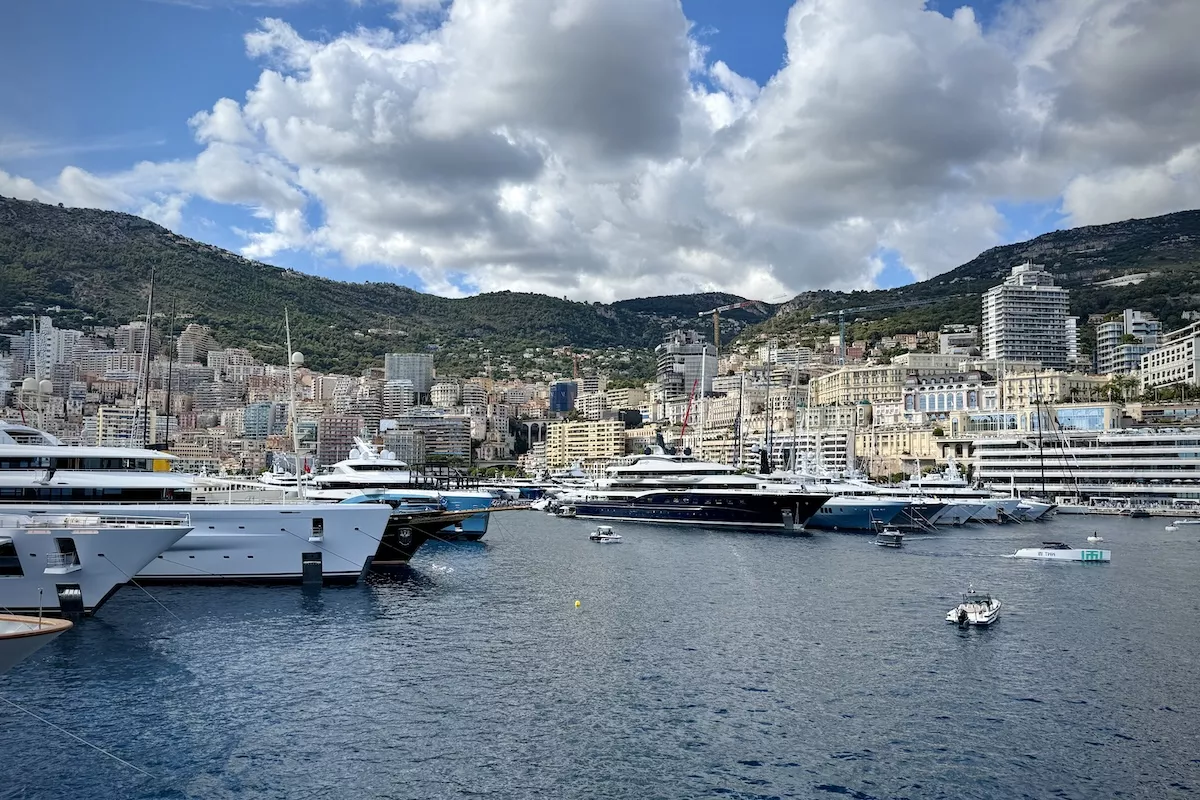Monaco now produces more economic output per worker than ever before, with new data showing GDP per employee hit €152,277 in 2024. It’s a striking number — not only because it’s a record, but because of what it says about how Monaco’s economy really functions.
In most countries, GDP per employee is a useful benchmark for productivity — how much value each job generates in real terms. But in Monaco, where the population is small, space is limited, and the labour market is highly specialised, that figure becomes even more revealing.
According to the latest figures from IMSEE, Monaco’s total GDP in 2024 reached €10.28 billion, an 8.8% increase over the previous year. Employment also grew, with more than 60,700 jobs recorded in the private sector. But GDP grew faster than the job count — and that’s why output per employee has risen so sharply.
Monaco’s productivity is built on a few powerful sectors
More than half of Monaco’s GDP is concentrated in three sectors: scientific and technical services, financial and insurance activities, and wholesale trade. These aren’t large employers by headcount, but they generate enormous value.
The scientific and technical sector — which includes business services, consulting, legal, accounting and administrative support — produced over €3 billion in GDP. The financial sector, meanwhile, expanded by nearly 12% and added another €197 million in value. These are the kinds of industries that don’t need thousands of workers to make an impact. They need expertise.
That’s what gives Monaco its productivity edge: high-value services delivered by highly skilled professionals — many of whom commute daily from France and Italy to take up roles in banking, consulting, biotech, and other specialist fields.
This isn’t about wages — but it hints at earning potential
It’s important to understand what GDP per employee is not. It doesn’t tell you how much people are paid. It doesn’t reflect wealth per person. Instead, it’s a measure of how much economic output is being generated, on average, by each person working in the country.
But in a place like Monaco, where personal and institutional wealth go hand in hand with global finance, asset management and elite professional services, a high GDP per employee often does suggest there’s strong potential for high salaries, capital investment, and continued economic resilience.
It also helps explain why Monaco consistently outpaces larger neighbours. Since 2015, Monaco’s economy has grown by nearly 53% in real terms — compared to just 11% in France and 13% in the eurozone.
Talent, not territory
The 2024 figures reinforce an economic model that’s already familiar to residents and investors: Monaco does more with less. It has no industrial sprawl, no agricultural sector, and very little land to build on. What it does have is a compact economy built on intellectual capital, financial strength, and cross-border labour.
That model comes with challenges — notably in housing, transport, and infrastructure — but it also creates a system where even modest increases in headcount can translate into large gains in GDP.
It’s an economy built for performance, not volume. And the data suggests it’s working.
See also:
Stay updated with Monaco Life: sign up for our free newsletter, catch our podcast on Spotify, and follow us across Facebook, Instagram, LinkedIn, and Tik Tok.
Photo credit: Cassandra Tanti, Monaco Life
